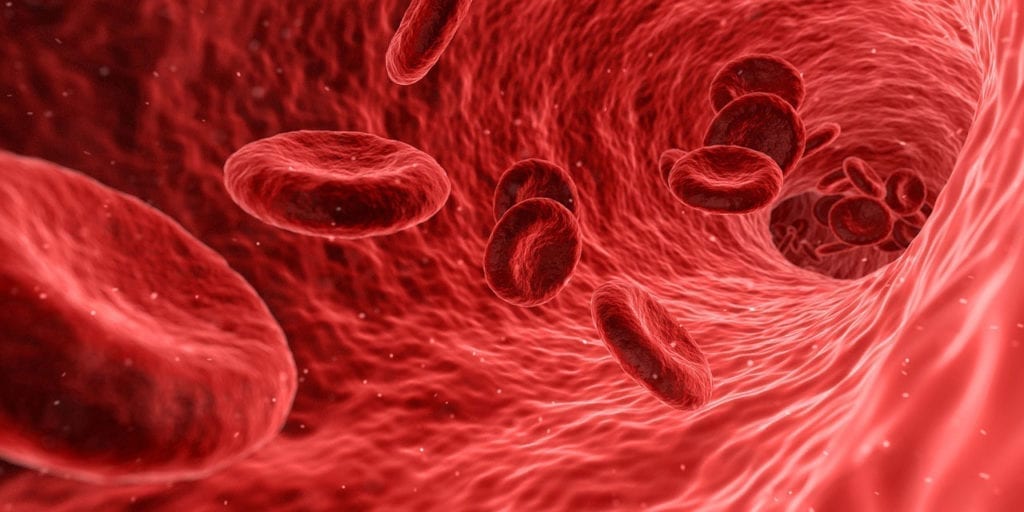During EHA25 Virtual, researchers presented on hematological concepts and the future of diagnosis, treatment, and research. One such presentation discussed results from the InHIBIT-Bleed study, which examined the efficacy and tolerability of systemic bevacizumab for hereditary hemorrhagic telangiectasia (HHT). According to ASH Clinical News, there are no FDA-approved treatments for HHT. However, study data was promising, showing bevacizumab as a potentially ideal – and widespread – treatment moving forward.
InHIBIT-Bleed Study
Patients
During the InHIBIT-Bleed Study, researchers analyzed data from 238 patients with HHT. In some cases, patients were only suspected of having HHT; in others, the condition was diagnosed. Regardless, all participants required at least 2 of the following elements to join the study:
- A first-degree relative with HHT
- Recurrent nosebleeds
- Visceral arteriovenous malformations
- Telangiectasias on organs or on the skin
Additionally, all participants were dependent on either red blood cell transfusion or iron infusion. Of the patients, the average age was 63. 148 patients were female and 90 patients were male. In terms of their disorder, HHT caused nosebleeds in 100 patients, gastrointestinal bleeding in 45 patients, and both in 93 patients.
Using Bevacizumab to Treat HHT
Within the study, patients received bevacizumab, a monoclonal antibody designed to target and inhibit vascular endothelial growth factor (VEGF).
During the start of the study, patients received 4-6 bevacizumab infusions bi-weekly (5mg/kg). This treatment lasted up to 12 weeks. Next, patients received 5mg/kg bevacizumab every 4-12 weeks. Over a 1-year period, most patients received an average of 11 infusions.
Of those treated, approximately 90 patients experienced side effects which included hypertension, fatigue, proteinuria (excess protein in the urine), and muscle pain. As a result, 12 patients left the study.
Within 1 year of receiving bevacizumab, patients experienced higher hemoglobin levels, less reliance on transfusions and infusions, reduced symptoms, and better outcomes. In fact, around 2/3 of all treated patients stopped saw resolution of their anemia.
Hereditary Hemorrhagic Telangiectasia (HHT)
Hereditary hemorrhagic telangiectasia (HHT) is a hereditary bleeding disorder resulting in excessive bleeding. As the blood vessels are developing in patients with HHT, they become abnormal and poorly formed. These damaged blood vessels are called telangiecstasias or arteriovenous malformations (AVMs). Altogether, HHT affects skin, intestines, lungs, liver, and the brain. It may also be referred to as Osler-Weber Rendu syndrome.
Currently, treatments usually involve surgical procedures such as laser cautery to improve telangiectasias. However, these procedures are usually only effective for a few months. As a result, patients often require multiple procedures to resolve or reduce symptoms.
Generally, the first symptom of HHT is frequent nosebleeds. However, later symptoms may include:
- Poorly formed blood vessels on the skin
- Iron-deficient anemia
- Seizures
- Headache
- Shortness of breath and exercise intolerance
- Fatigue
- Gastrointestinal bleeding
Learn more about HHT here.








